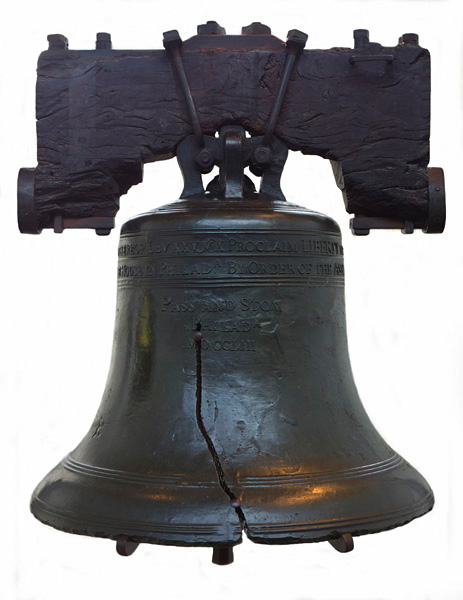
- Independence National Historical Park -
The Liberty Bell and Old Philadelphia
Philadelphia, Pennsylvania
Independence Park consists of many buildings scattered across a large area. With only three hours to invest here, my visit was necessarily very limited, although I still managed to see a few of the highlights. Notably absent from my presentation, however, is Independence Hall, where the Declaration of Independence was signed - the tower of that venerable building was hidden by a shroud of scaffolding at the time of my visit, as maintenance work was being performed.
But I did see the Liberty Bell. The bell was originally installed in the tower of Independence Hall, which was then called the Pennsylvania State House. Today, it's on display directly across the street, in a new building called the Liberty Bell Pavilion:

The bell is best viewed from inside the pavilion, although a large window behind the bell allows it to be seen by the public 24 hours a day even from outside. Unfortunately, this window also presents a great deal of background distraction when photographing the bell from inside; for that reason, in the image above, I found it helpful to isolate the bell by erasing its surroundings.
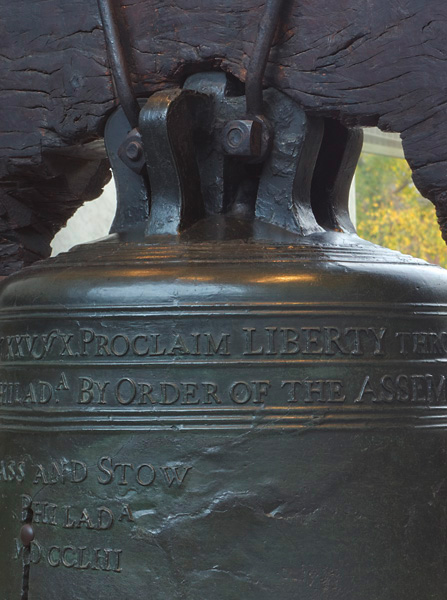
After 93 years of use, the Liberty Bell developed its famous crack in 1846, shortly after being rung during a celebration of George Washington's birthday. It has not been rung since. It weighs 2,080 pounds, and hangs from its original yoke of American Elm.
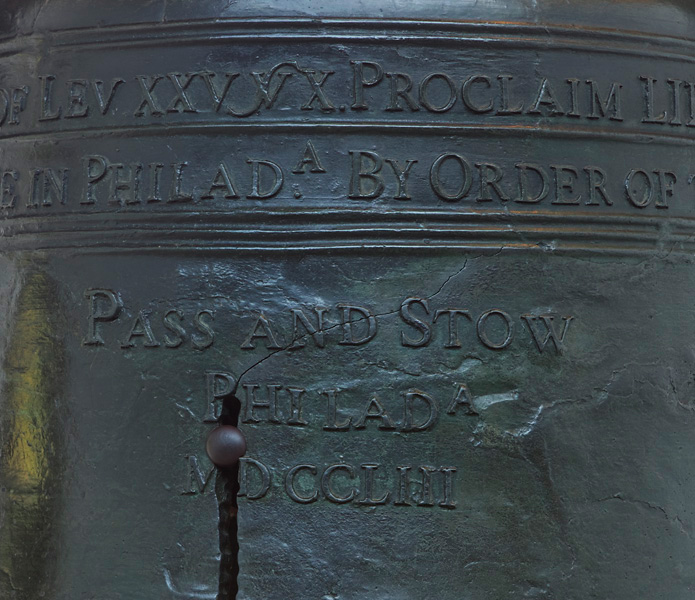
This is not the first version of the bell - the original was cast in London, but it cracked soon after its delivery in Philadelphia. The damaged bell was melted down by two local craftsmen, John Pass and John Stow, who used the metal to cast a new bell in 1753; their names are recorded just above the crack that would develop almost a century later. The metal consists of 70% copper, 25% tin, and small amounts of lead, zinc, arsenic, gold and silver.
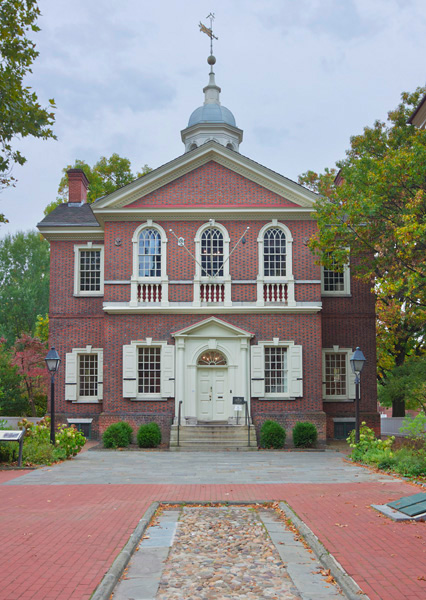
Above: This elegant structure is Carpenters' Hall, where many of the founding luminaries of the American Revolution assembled together for the first time as the First Continental Congress, to debate the merits and perils of breaking away from Great Britain. A detailed history of this building can be found at:
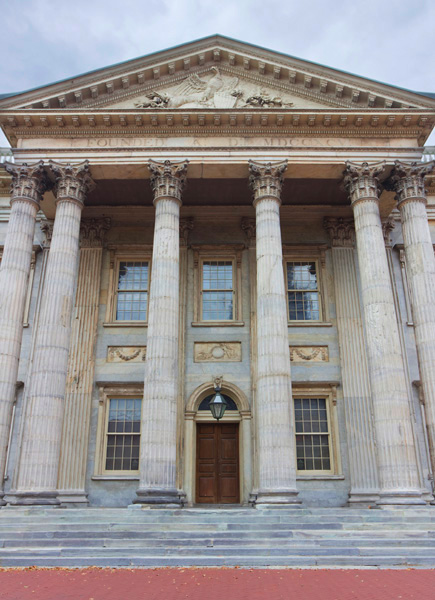
Above: Alexander Hamilton's First Bank of the United States.

Above: American Street, one of many cobblestone lanes that still retain the antique charm of old Philadelphia.
Below, the doorway to an apartment on the same street:
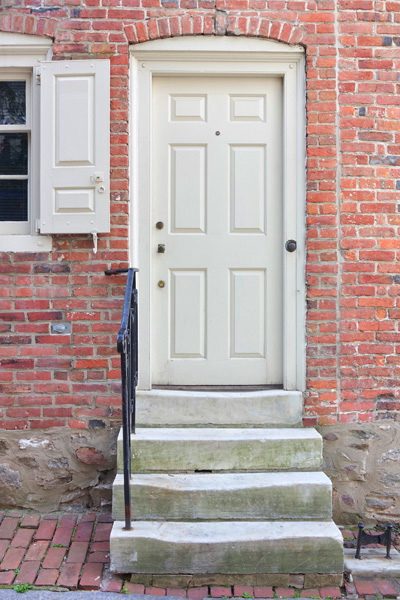
or